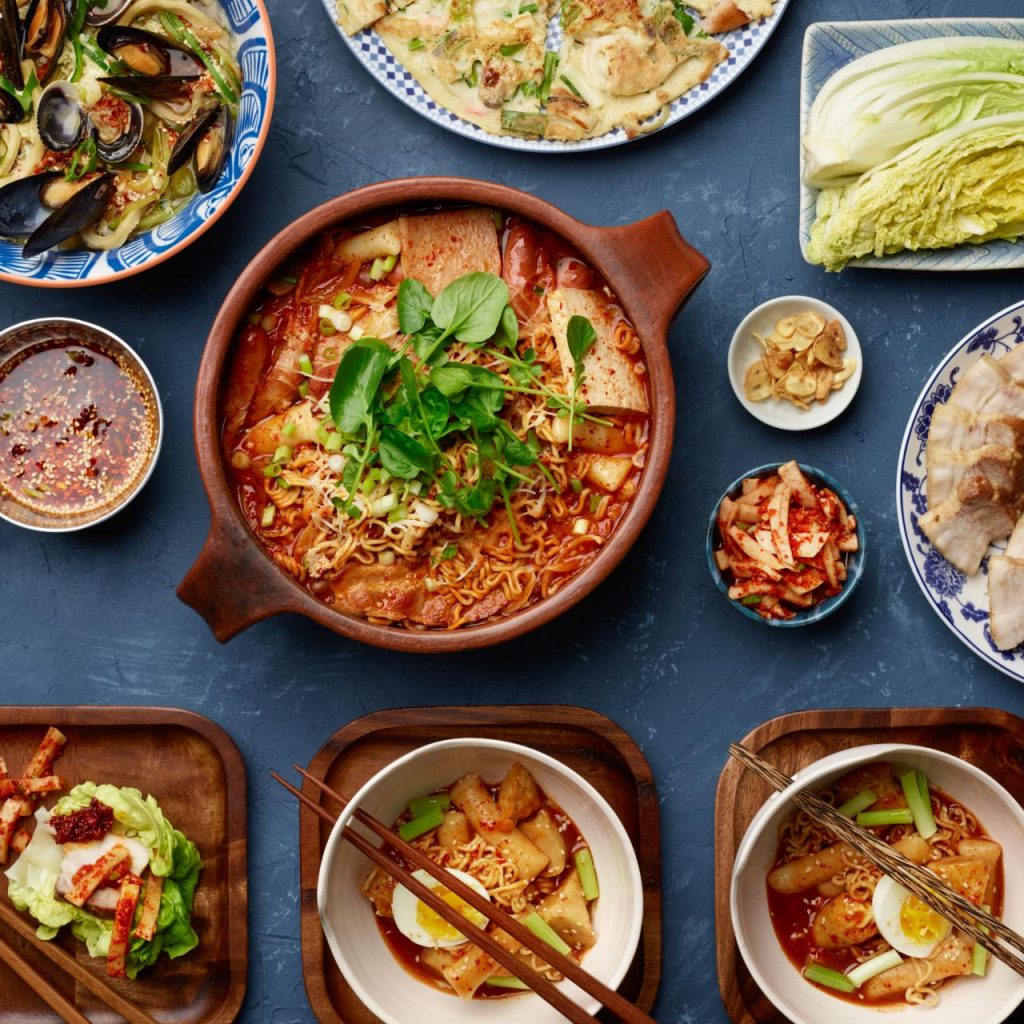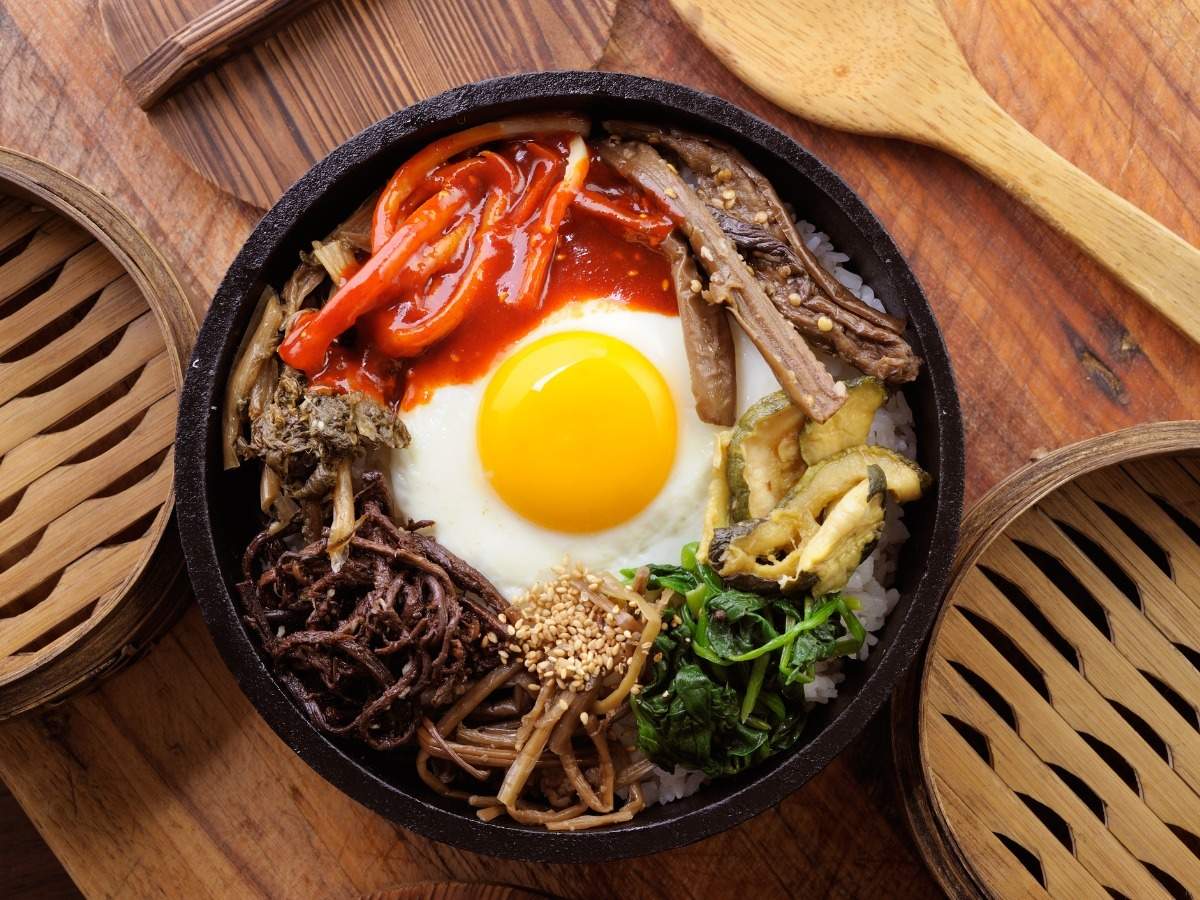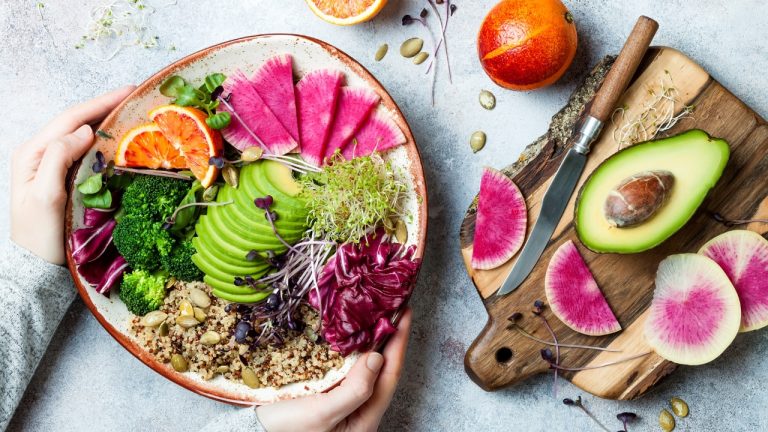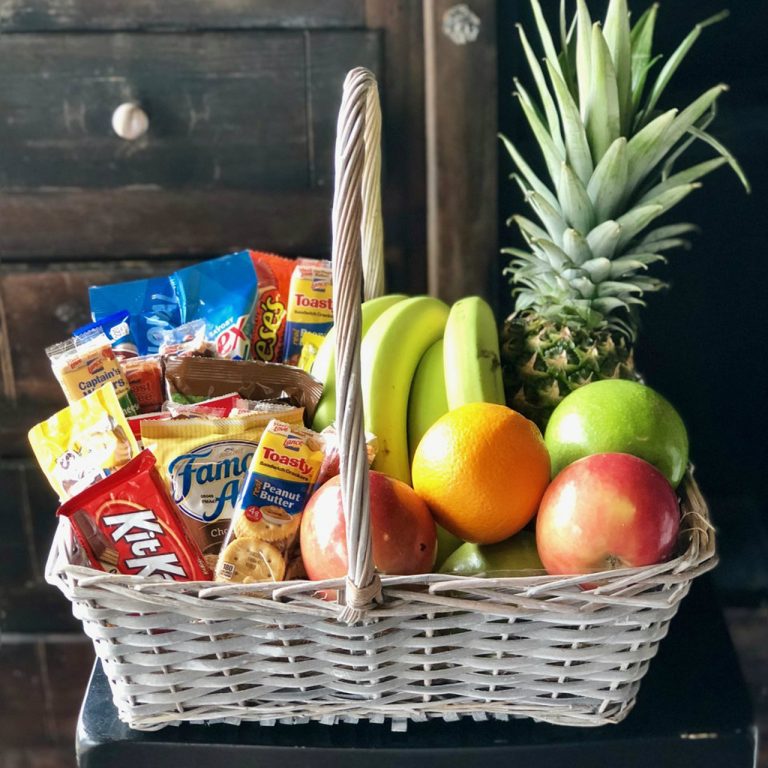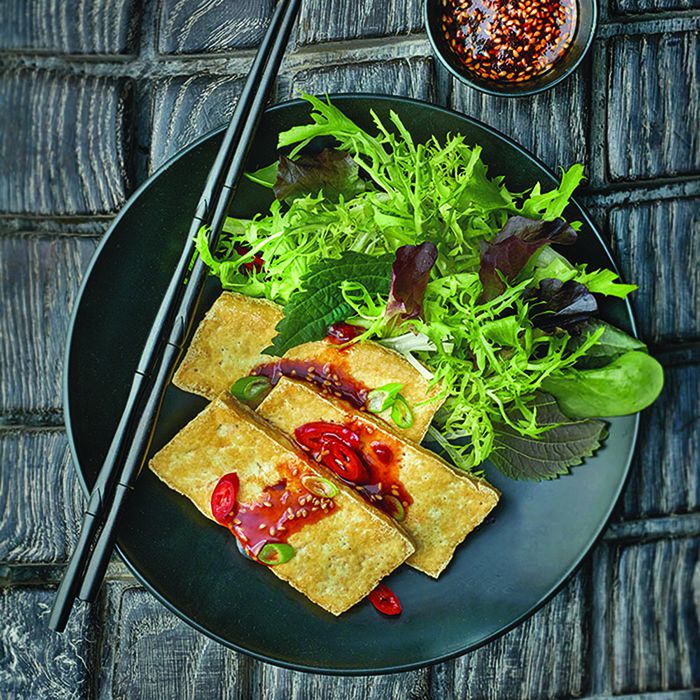
Healthy Korean Food
Exploring the Nutritious and Delicious World of Healthy Korean Food
Korean cuisine is a culinary powerhouse that has captivated taste buds around the world with its bold flavors, balanced approach to ingredients, and diverse cooking techniques. Beyond its tantalizing tastes, Korean food boasts an impressive array of health benefits that make it an ideal choice for those seeking a nutritious and delicious dining experience. This blog post aims to introduce readers to the world of healthy Korean food options and highlight their inherent nutritional value.
Core Components of a Healthy Korean Diet
A. The Korean Five Grains (Ogok): A Balanced Approach to Carbohydrates
At the heart of healthy Korean food lies a harmonious balance of grains that have been cultivated and revered for centuries. The Korean Five Grains, known as Ogok, consist of rice, barley, millet, sorghum, and beans. These grains form the foundation of traditional Korean meals, providing a well-rounded source of carbohydrates, fiber, and essential nutrients.
1. Explaining the significance of rice, barley, millet, sorghum, and beans: Each grain offers its unique nutritional profile, from the protein-rich beans to the fiber-dense barley and millet, ensuring a diverse array of health benefits.
2. How these grains contribute to sustained energy and fiber intake: The combination of complex carbohydrates and fiber found in these grains helps regulate blood sugar levels, promoting sustained energy throughout the day.
B. Banchan: Small Dishes with Big Health Benefits
Korean meals are often accompanied by an array of small side dishes known as banchan. These nutrient-dense dishes, ranging from pickled vegetables to sautéed greens, add a burst of flavor and nutrition to any meal.
1. Description of the traditional side dish concept in Korean meals: Banchan are an integral part of the Korean dining experience, providing a variety of tastes, textures, and health-promoting compounds to complement the main course.
2. Examples of nutrient-dense banchan like kimchi, bean sprouts, and spinach salad: Kimchi, a fermented cabbage dish, is a well-known banchan rich in probiotics and antioxidants. Bean sprouts offer a crunchy, fiber-filled option, while spinach salad provides a wealth of vitamins and minerals.
C. Lean Proteins and Seafood Richness
Korean cuisine embraces lean proteins and a variety of seafood, ensuring a balanced and nutritious meal plan.
1. The role of grilled or steamed meats and fish in Korean cuisine: Grilled or steamed preparations of proteins like beef, chicken, and fish are common in Korean cooking, allowing for the preservation of essential nutrients and minimal added fats.
2. Health benefits of consuming lean protein sources like bulgogi and samgyeopsal: Bulgogi, a flavorful grilled beef dish, and samgyeopsal, grilled pork belly, provide lean protein sources when consumed in moderation. These proteins contribute to muscle growth, tissue repair, and overall health.
Traditional Korean Ingredients for Optimal Health
Beyond the core components of a healthy Korean diet, several traditional ingredients stand out for their exceptional health benefits.
A. Kimchi
Kimchi, the iconic fermented cabbage dish, is a staple in Korean cuisine and offers a plethora of health advantages.
1. Discussion on probiotics from fermentation and digestive health: The fermentation process used to create kimchi introduces beneficial bacteria (probiotics) that support a healthy gut microbiome, promoting better digestion and overall well-being.
2. Antioxidant properties and immune system support: Kimchi is a rich source of antioxidants, including vitamin C and compounds like capsaicin, which help protect cells from damage and support immune function.
B. Gochujang and Soy Sauce: Spicing Up Nutrition
Korean cuisine features two flavorful condiments that not only add depth to dishes but also contribute to overall health.
1. The health benefits of fermented chili paste (gochujang) and soy sauce: Gochujang, a fermented red chili paste, and soy sauce are both fermented products that contain probiotics and antioxidants. They can help promote gut health and provide a range of essential nutrients like vitamin B12, iron, and manganese.
2. Lower sodium alternatives and usage tips for healthier dishes: While traditional Korean condiments can be high in sodium, lower-sodium varieties are readily available. Additionally, using these condiments judiciously and incorporating more herbs, citrus, and vegetables can help create flavorful dishes without excessive sodium intake.
Healthy Korean Meal Examples and Recipes
Healthy Korean food offers a wealth of options for creating nutritious and delicious meals. Here are a few examples to inspire your culinary journey:
A. Bibimbap: A Hearty, Nutrient-Packed Bowl
Bibimbap is a beloved Korean dish that combines a variety of nutrient-dense ingredients in a colorful, flavorful bowl.
1. Description of ingredients and preparation methods: Bibimbap features a base of warm rice topped with an array of sautéed vegetables, a fried egg, sliced beef or tofu, and a sprinkle of sesame seeds.
2. Variations for vegetarians and vegans: Bibimbap can easily be adapted to suit vegetarian or vegan dietary preferences by substituting the meat with tofu, tempeh, or additional vegetables.
B. Japchae: A Fiber-Rich Noodle Dish
Japchae is a popular Korean noodle dish that showcases the versatility of vegetables and plant-based proteins.
1. Overview of the dish made with sweet potato noodles and vegetables: Japchae features chewy sweet potato noodles (dangmyeon) stir-fried with a variety of vegetables like carrots, spinach, and mushrooms.
2. Suggestions for incorporating more plant-based proteins: To boost the protein content of this dish, consider adding marinated tofu, edamame, or sliced tempeh for a satisfying and well-rounded meal.
Modern Korean Health Trends
As dietary preferences and health awareness have evolved, Korean cuisine has adapted to meet the demands of modern consumers.
A. Vegan and Vegetarian Korean Cuisine
Korea has seen a rise in the popularity of plant-based diets, leading to innovative and delicious vegan and vegetarian Korean dishes.
1. Growing popularity of plant-based diets in Korea: With increasing interest in sustainable and ethical food choices, more Koreans are embracing vegan and vegetarian lifestyles.
2. Innovative recipes that maintain traditional flavors without meat or animal products: Korean chefs and home cooks have adapted traditional recipes by replacing meat with plant-based alternatives like soy-based protein, mushrooms, and tofu, while preserving the iconic flavors and textures of Korean cuisine.
B. Low-Calorie and Gluten-Free Options
Catering to diverse dietary needs, Korean cuisine has expanded to include lighter and gluten-free alternatives to classic dishes.
1. Lighter versions of classic dishes using alternative cooking techniques: Grilling, steaming, and stir-frying have become popular techniques for creating lower-calorie versions of traditional Korean dishes, reducing the amount of added oils and focusing on the natural flavors of the ingredients.
Conclusion
Korean cuisine is a treasure trove of nutritious and delicious options that showcase the harmonious balance of grains, proteins, vegetables, and traditional ingredients. From the wholesome five grains to the nutrient-dense banchan and the fermented delights of kimchi and gochujang, Korean food offers a wealth of opportunities to nourish the body while tantalizing the taste buds.
Explore the world of Korean cuisine, experimenting with recipes that incorporate lean proteins, fiber-rich vegetables, and the unique flavors of traditional Korean condiments. Embrace the wisdom of this ancient culinary tradition, which harmonizes traditional wisdom with modern nutritional science.
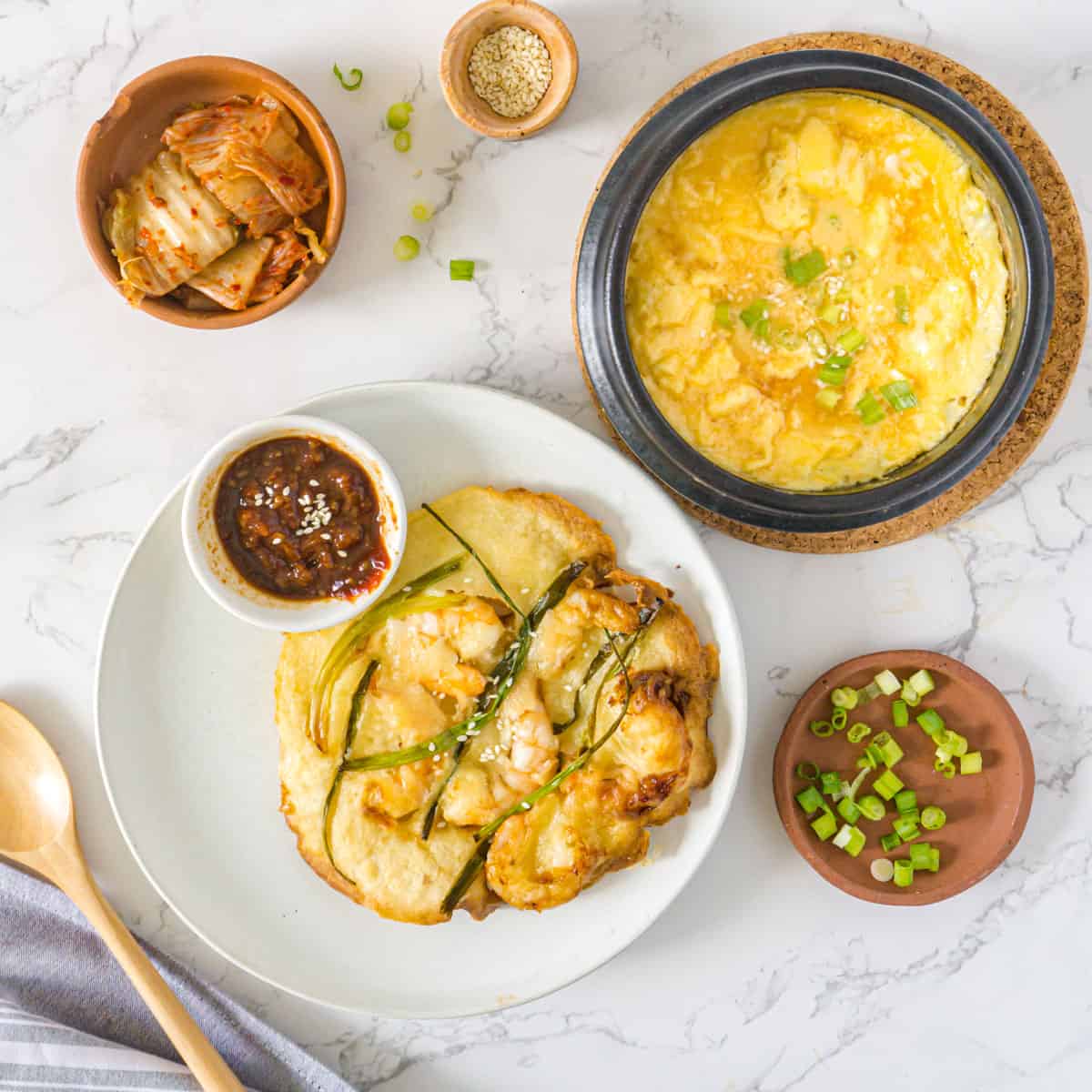
:max_bytes(150000):strip_icc()/BibimNaengmyeon-RM-0554-2-2000-5604cca305d545cda4c2e082dee7a67d.jpeg)
